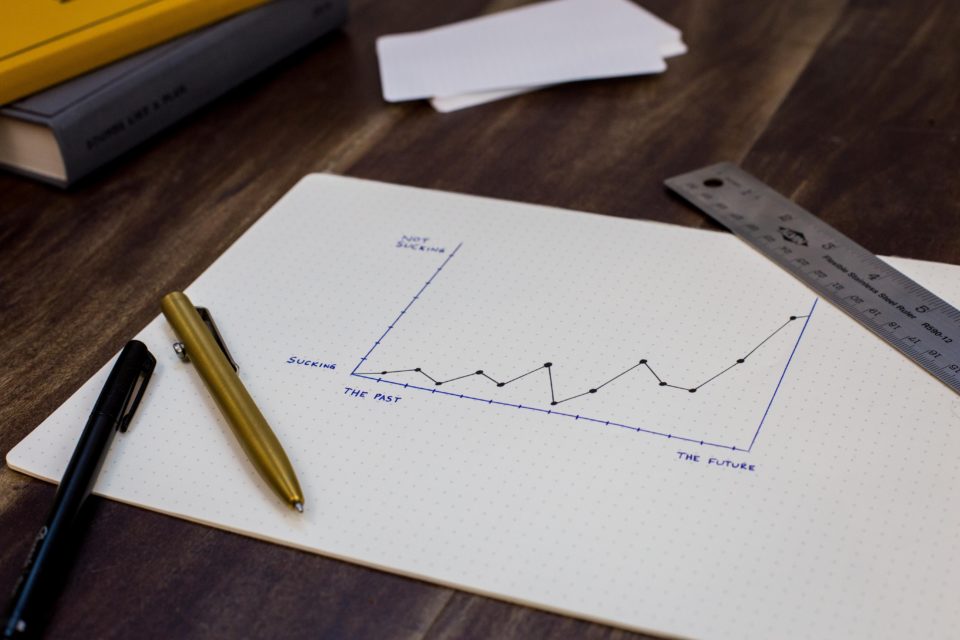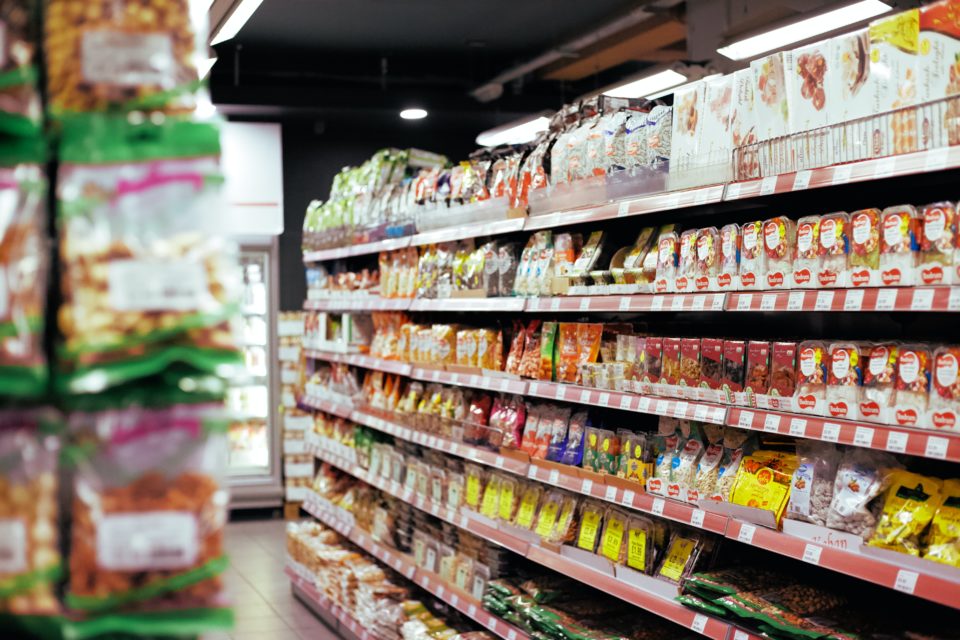Is unspun’s regenerative model the future of fashion?
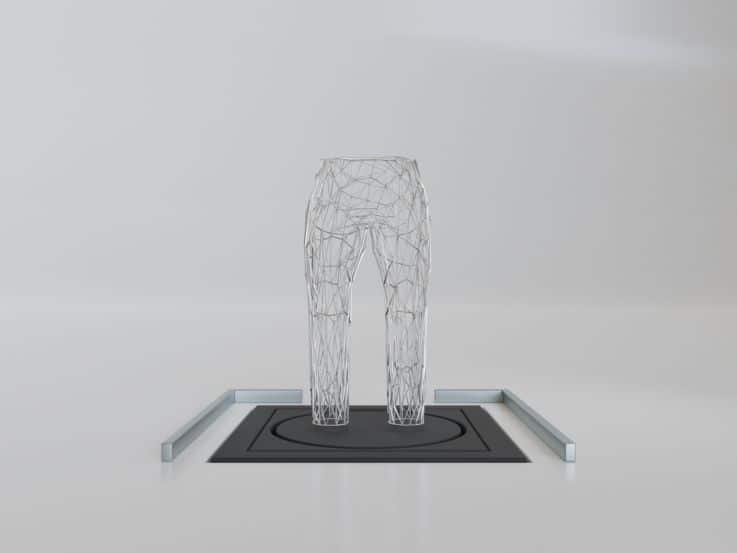
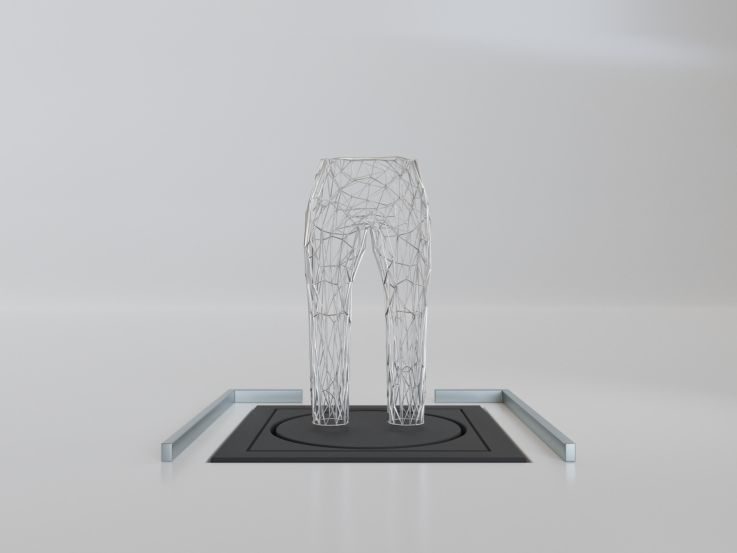
Welcome to the future of apparel. That’s the bold statement of unspun. It’s not without its merits though.
The company is shaking up the denim, and wider fashion, industry with an on-demand model that creates custom jeans for every customer. It uses a mix of personal human interactions and advanced body scanning tech to do this.
What’s really cool though is the regenerative production hardware it has in the works, which could change the way we make clothes entirely.
Edy Guy, creative editor, tells us all about the unspun mission, the challenges it’s faced so far and why it’s working to bring a regenerative model to fashion at large.
Edy Guy, Creative Editor, Unspun
Can you describe unspun in a nutshell?
unspun spans a lot of different sectors such as fashion, sustainability and technology. We have developed software that tweaks and fine-tunes custom jeans through body scanning technology.
When a customer comes into the store, they’ll have a quick body scan and then go through a design process with a retail specialist to create their jeans. It’s twofold – they customise through our software and technology to find that perfect fit, but they also get to personalise their jeans with thread colour, hem height, leg length and fabric.
We’re really focused on developing hardware that will ultimately lead to a completely regenerative model for production. Our technology can be implemented by other companies to really scale this model so that the fashion industry at large is responsible and much more planet friendly than it is now.
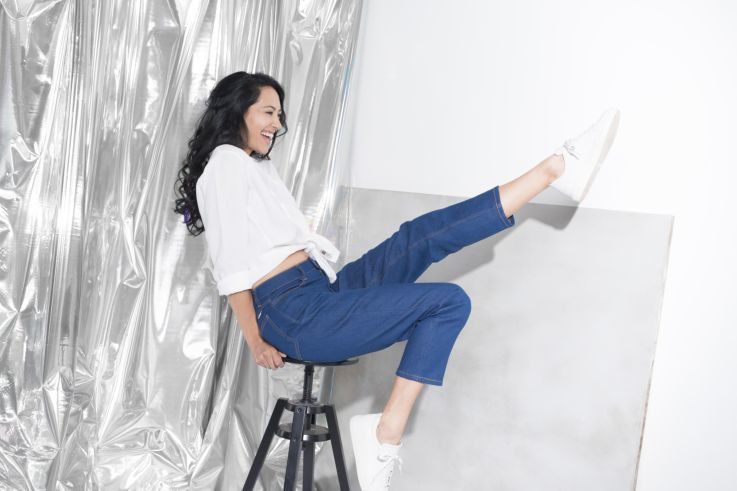
Do you use third party software for the body scanning?
We do. The scanning technology is taken care of because companies have already figured that part out. Even Samsung is coming out with a scanner on your phone. It’s not at the calibre we need it to be yet, but it’s great to know expansion is happening. We want to make scanning available to everyone all over the world.
The scanner we use in our brick and mortar store is pretty official. To make sure we’re getting the most accurate depiction of someone’s body, they wear compression shorts or their skimpies – whatever they feel comfortable in.
They step up onto the scanning plate and lift the handlebars so that their arms are completely extended. The machine then rotates them one and a half turns and the technology very accurately and precisely scans them. It’s very quick – we just need those metrics to make the perfect fit.
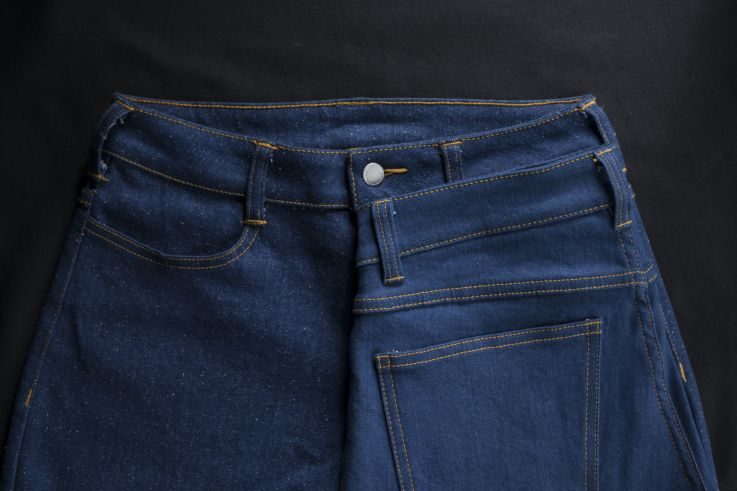
Can you tell us more about the new hardware development?
The hardware that we’re developing would be to physically produce the jeans in-house. Right now, they’re made in a local factory so there is still a bit of a separation between design and production, despite it being hyper local.
We don’t hold any inventory – it’s on-demand production. But the difference is that if someone were to return or exchange their jeans the hardware would be able to reuse that fabric. Your jeans would be turned into scrap material and then reused to make a new pair.
For example, if someone lost a significant amount of weight and their jeans no longer fit them, it’d be easy for us to create something that’s newly custom fit to them. Or if a customer wanted to return their jeans for some reason, we could take those jeans back and turn them into scrap material to use on another pair of jeans for anyone.
We hope to have the machine ready in one to two years – sooner if possible. Once that machine is done, we hope to have a bigger factory setting where everything is happening in-house.
Having our factory right around the corner is pretty good. But another aspect to consider is you can’t quality control as much. Because we’re constantly tweaking our designs to make them perfect for the individual and no two bodies are the same it’s very intensive.
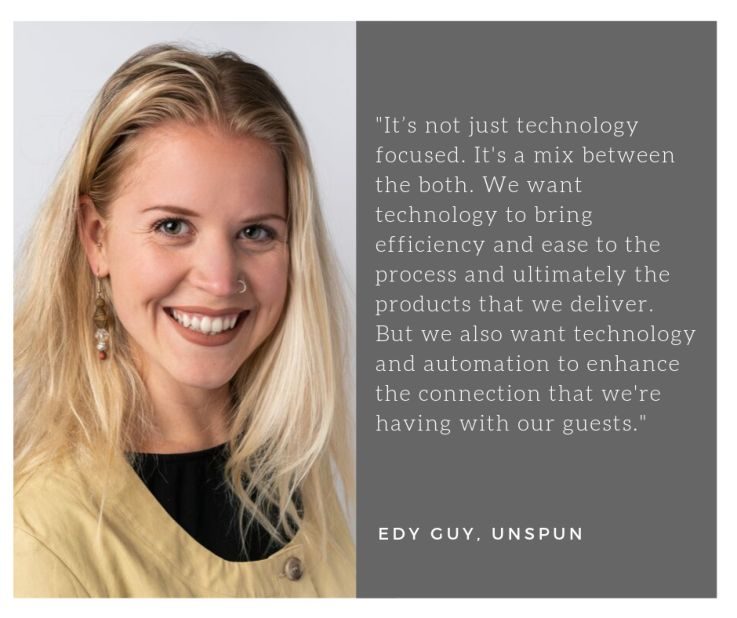
Can you tell us more about the design process?
At unspun we think style autonomy is important because we want the customer to come first. We don’t want to produce anything that isn’t desired or necessary in the world and we want the garment to be especially to this person’s liking. With that means there’s no sizes and no inventory.
Our retail specialists will move through their options for personalising their jeans. We have three different styles – launch, mission and offline. Launch is our most form fitting jean, somewhat comparable to what people know as “skinny jeans”. Mission is a little bit looser around the crotch and thighs – it’s a tapered cut. And offline is a looser fitting jean that relies more on the fabric for structure.
Depending on the style, we have different fabrics with different thicknesses. The offline style has a thicker fabric that is more structured so that when you’re moving, it holds onto that shape. You have the option to have it high waisted, low waisted or default waisted, and cropped, default, or rolled.
All of our fabrics are sourced very responsibly and sustainably including reducing chemical and water usage and using recycled plastic bottles and old denim. That’s a huge focus for us. We can’t make a regenerative model without considering the fabric and how it’s made. Denim is very resource intensive.
We give all that information to our customer during a very intentional getting to know you portion of the process. It’s not just technology focused. It’s a mix between the both. We want technology to bring efficiency and ease to the process and ultimately the products that we deliver. But we also want technology and automation to enhance the connection that we’re having with our guests.
We’re educating them and then leading them through the process. We’re still fine tuning the best method to show them the options of customisation without having inventory. It’s a big challenge because a lot of people are used to looking, feeling, touching, smelling – the whole sensory experience of picking out what their product will look like.
Our relationships and our ability to speak clearly really informs their decision making. The customer relies a lot on our description and explanation. We also offer default options because some people don’t want to be overwhelmed by the decisions.
We’re already considering institutionalising AI or augmented reality in some form through the scan and design process so that people can really visualise what it would be like to own these jeans.
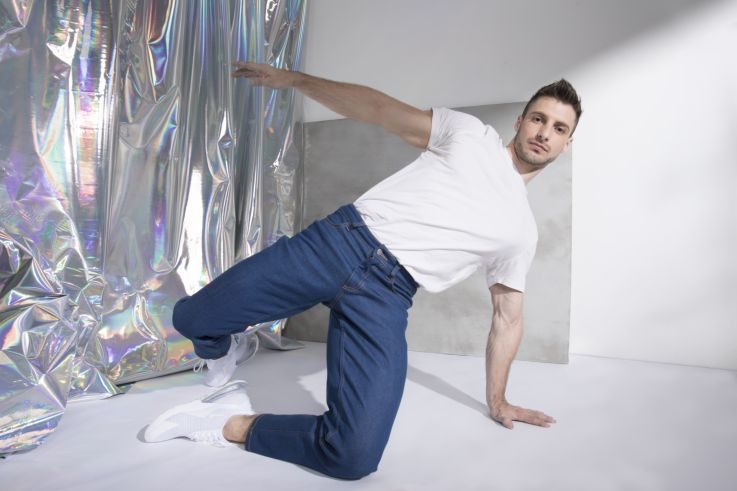
How long do the jeans take to make once designed?
It’s hyper local, so if you get scanned in San Francisco your jeans are made right down the street at our factory on Market Street. If you get scanned in Hong Kong, then your jeans are made in China.
As the scan technology increases in availability, we’ll be able to have more localised manufacturing. We aim to find factories in the areas where our jeans are well received and being sold. That’s a large way to be a lot more sustainable than a lot of other companies.
You have the option to come in and we can do a fitting. It’s nice for us to actually see the customer’s reaction in person and what they’re latching on to. It also eliminates the resources of transportation with packaging and shipping. But for now, we do also ship them and that usually takes two to three weeks.
That’s a tension point. People don’t want to wait two to three weeks. We advocate for slow fashion in regards to intentionality and consuming less and creating more of that mentality in shoppers.
Realistically, our minds are fast-paced and instantaneous – I see this, I want it, I can have it. It’s mirrored in technology. With social media you’re scrolling and scrolling, and you’re inundated with all of this stimulus – it’s very quick and passive. It’s really hard to change people’s minds to say it is OK to wait three to four weeks for a pair of jeans when they’re so used to everything coming at the blink of an eye.
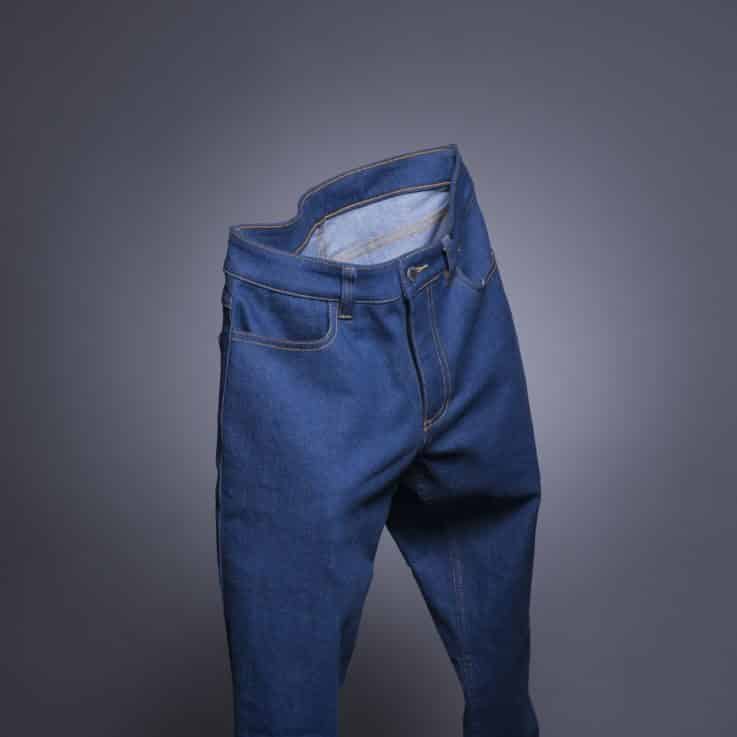
What are the biggest questions or concerns from customers?
It depends on the person. There is some hesitation for people around the body scanning regarding ‘what are my metrics’ and ‘what will they be used for’. Some people don’t want to know what their metrics are. It’s an affirmation that the way that people view themselves within the fashion world is very self-conscious.
Our ethos in branding is to get rid of those stereotypes and get rid of the assumptions that fashion producers make for size and for style. Style is dependent on the person and seeing someone wearing something that is not true for them is very awkward.
The challenge is debunking the myths around using technology to find the perfect fit. This part is really new to people. In the past if you were getting something custom made it was all alterations and tape measures. It’s about normalising the process.
When you go into any shop and try things on you take off all your clothes. But for some reason when you come in to take a body scan, that feels uncomfortable. That level of comfortability is different for everyone. It’s nuanced and it’s different and that’s why the retail specialist is so important to make that person feel comfortable and to compare it to any other time that you’ve gone into a dressing room and tried on a pair of jeans. It’s the same thing but you’re scanning in order to create jeans that fit you perfectly. It’s flipping the process and newness is uncomfortable.
Do people ever express any concerns around privacy and data?
I think it’s a very legitimate fear. We’ve had scares in large companies where Facebook is selling information and infiltrating our political polls and whatever else is going on in the world. But, we have an extensive privacy policy that you can see on our website and there is no legal way that we could do anything with people’s information (and of course, we wouldn’t).
It’s building trust and knowing that there are systems in place. Our policy is very clearly stated in a few paragraphs, so it’s not confusing, and it’s not diluted by a bunch of other agreements that you have to make.
Why aren’t more brands doing this at the moment?
With regards to production and manufacturing, it’s very hard to create the machine that we are. The reason that other larger companies aren’t doing that is because they’ve somewhat trapped themselves in this mass production consumption model. It’s not to say that they want to be in it.
The good news is that with models coming out like unspun’s we’re able to use our software and hardware to help these companies. We’ve already been in communication with top brands that want to use our technology in order to make their processes regenerative and better for the planet. The intention is there.
It’s a hopeful pursuit and one that will definitely see the light of day and ultimately, save a lot of the climate change issues that we’re seeing. We can no longer turn a blind eye to that.
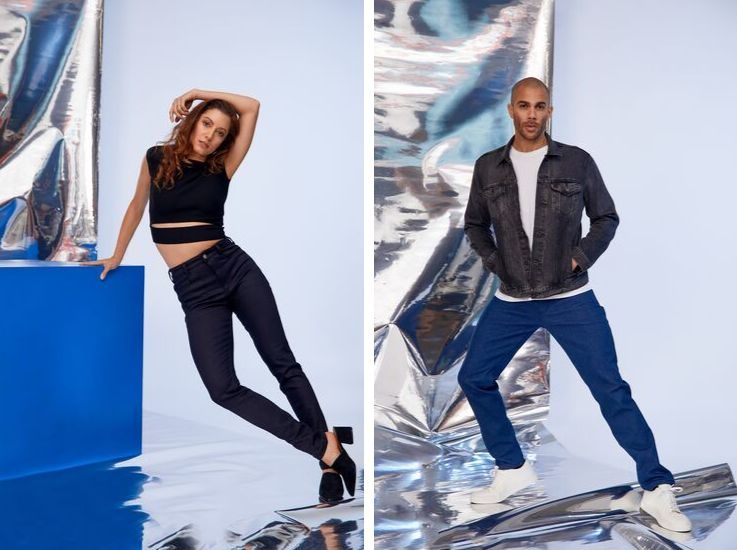
Are you more focused on these partnerships with other retailers or your own brand?
I think it’s twofold. We’re building up our brand and our jeans, but then our partnerships are also really important to us because it broadens our reach and brings a new paradigm to brands that are already really solid. In doing so, we can expand our technology, so hypothetically we can make products that are not jeans.
There are a lot of products that need customisation, for example outdoor products that are used by athletes need to be very formfitting in order to increase performance. When it comes to what we’re producing at unspun, we’re going to focus on jeans for the foreseeable future until we think that they are the best that they can be. I think it’s a very intentional and considerate route to be taking. You don’t want to overwhelm.
What else does the future hold?
We’re really interested in broadening the network of our brand while informing and bonding with people. The story is the why behind why people buy and creating a larger network for telling the story and telling other people’s stories that are in alignment with these goals is really important to us.
There is a lot of controversy with regards to what technology and automation means for future connection. For us, we see it as a way to bring ease to daily life so there’s more space for interconnectedness. We hope it helps people feel good about what they’re doing because it’s in alignment with the planet and creating processes that are cyclical. It’s really empowering to be a part of a company that’s doing so much in so many different spaces and I think all of them – technology, fashion and sustainability – go hand-in-hand.
As for the future, we want to expand and scale what we’re creating. There is an opportunity for customers to tell us where to be so that we can bring our retail experience to them. We know that partnering with other companies and editorials is the way to tell the stories that will ultimately change both consumer and business conduct for the better.
Images courtesy of unspun
Is frictionless retail a realistic prospect? If it is, the automated personal assistant is likely to have a hand in it.
The world of retail is changing too fast for you to wait around. Be ready for what comes next by booking a future of retail presentation.

